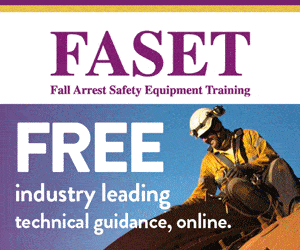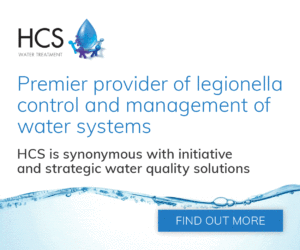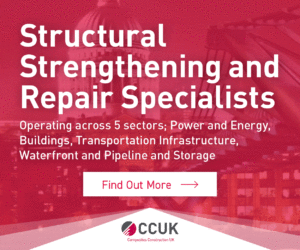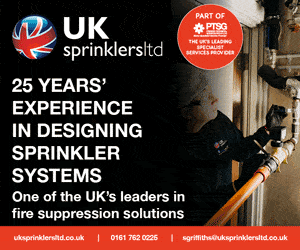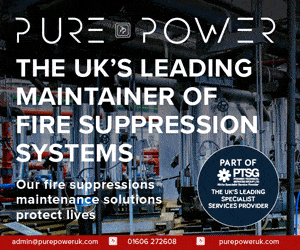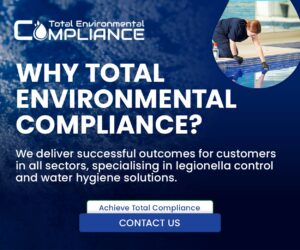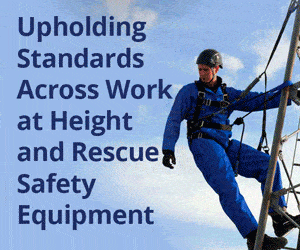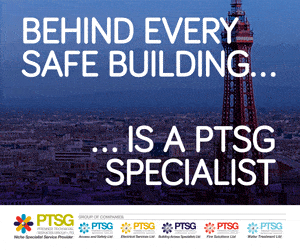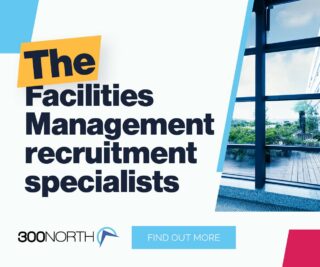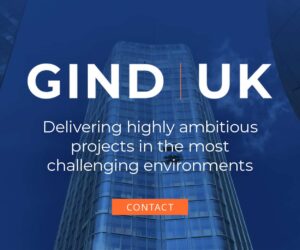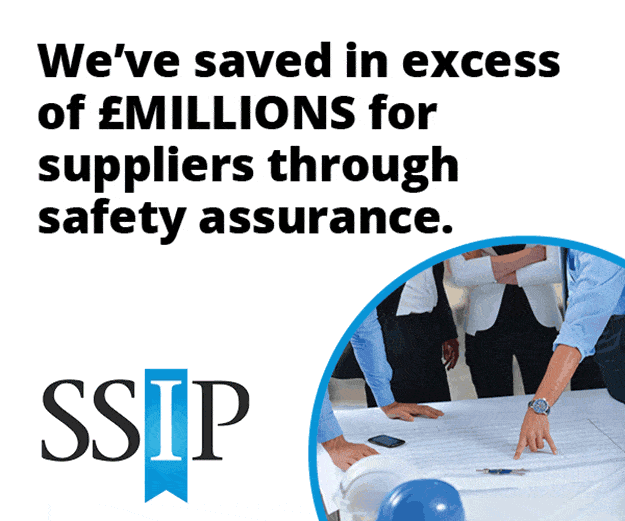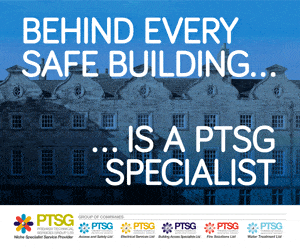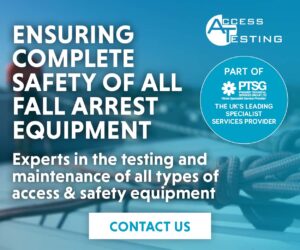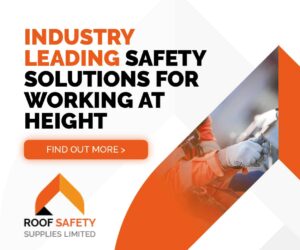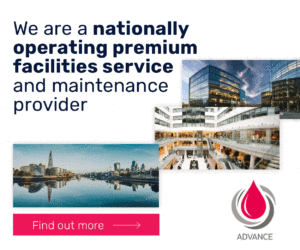Whilst there’s no denying that the pandemic certainly made a number of projects more difficult – whether through works being delayed, material shortages, or staff absences, – as an industry it did force us to seek more creative workarounds.
Where physical restrictions were in place but multiple parties were needed to collaborate on a single project, non-intrusive technologies such as 3D laser scanning really started to come into their own, allowing facilities managers to efficiently operate and maintain their assets using up-to-date, dimensionally accurate versions.
If you’re new to the world of laser scanning, it enables users to visualise and explore the structure, surface, fixtures and fittings of a building, using light and radar (LIDAR) to measure and record precise locations, which produce a point cloud file, ultimately capturing a level of accuracy that wouldn’t otherwise be possible.
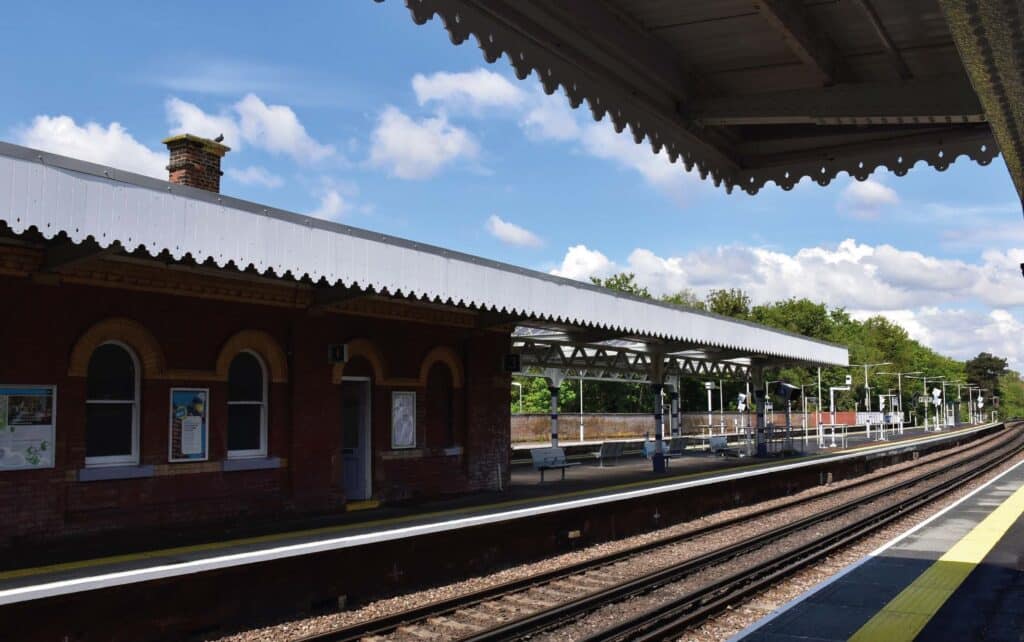
What is 3D laser scanning most useful for?
3D laser scanning is particularly useful for areas that are tricky to reach and potentially disruptive to building occupants, maintenance personnel, customers or visitors.
In recent months, the technology has found new applications in the rail sector for example, where it has been used to survey ageing Victorian rail platform canopies that are otherwise difficult to access and could be damaged by a traditional survey approach.
Dura Composites has pioneered the use of 3D laser scanning for this application, taking accurate measurements of the precise detailing and structural properties of the entire canopy. Providing this data in meaningful format to their clients helps to assist in the asset’s conservation, refurbishment or regeneration without any intrusive surveying techniques or the need to close the station.
Similarly, obtaining permission for access to carry out surveys for work on listed buildings can be troublesome, but laser scanning gathers millions of data points per second and sees beyond the surface visual inspections of the past, facilitating future renovation or repair works and helping to plan them in cost effective phasing. It’s also a huge plus from a health and safety perspective too. Often surveys require permission to access rooftops, or involve working at height, so moving towards 3D laser scanning over traditional surveys is a major step towards de-risking your infrastructure inspection projects.
Working in collaboration
Working with the renders created from laser scanning is something that can be adopted in a number of industry sectors, and is an ideal way to minimise waste – both in terms of time and budget. Not only can the temporary closing of buildings be avoided, it’s also a great way to cut down on site visits. Often with a traditional survey, it’s not unusual that several site visits will occur in order to survey the area in more detail, or from a different angle, however the level of detail picked up in 3D scanning removes the need for this. As well as saving time and money, the reduced travel means cutting carbon emissions and helps businesses reach their CSR goals, all whilst delivering projects on time or ahead of schedule.
From a project management point of view, it’s also a game changer, reducing the potential for problems further down the line. If new infrastructure materials are added to the facility such as lightweight composite GRP trench covers as a replacement for heavy cumbersome concrete versions that have reached the end of their life, the digital models can be easily updated as the renovations are made. It can be used in conjunction with other technology to allow multiple parties to collaborate on a project, including M&E engineers, maintenance personnel, building contractors, and asset owners.
Joe Hunt is Industrial Sector Manager at Dura Composites, an award-winning designer, manufacturer, and supplier of composite products for industry. If you’d like to discuss a 3D laser scanning FM project with Joe, or would like technical guidance on upgrading your facility with GRP composites, get in touch on +44 1255 440290.
Image credit: Dura Composites










































